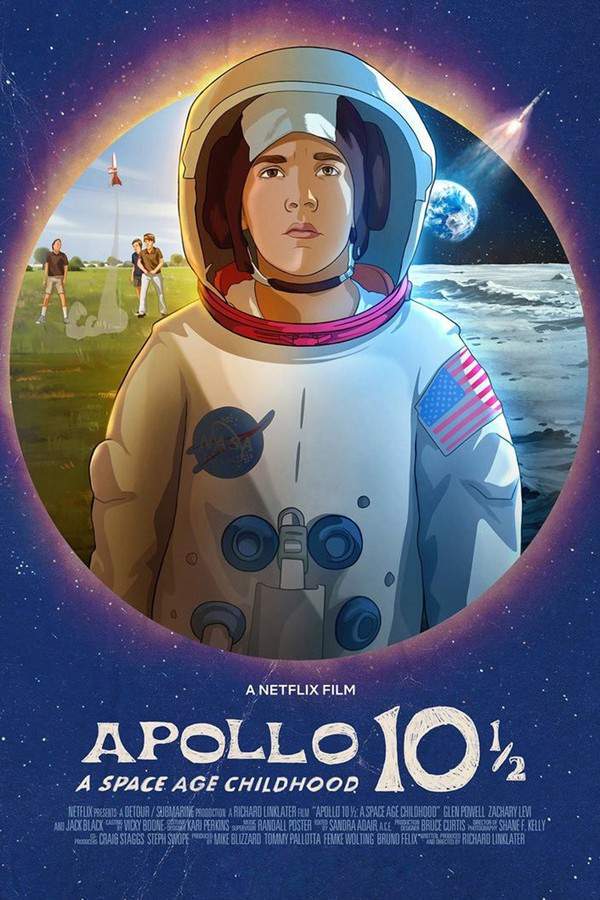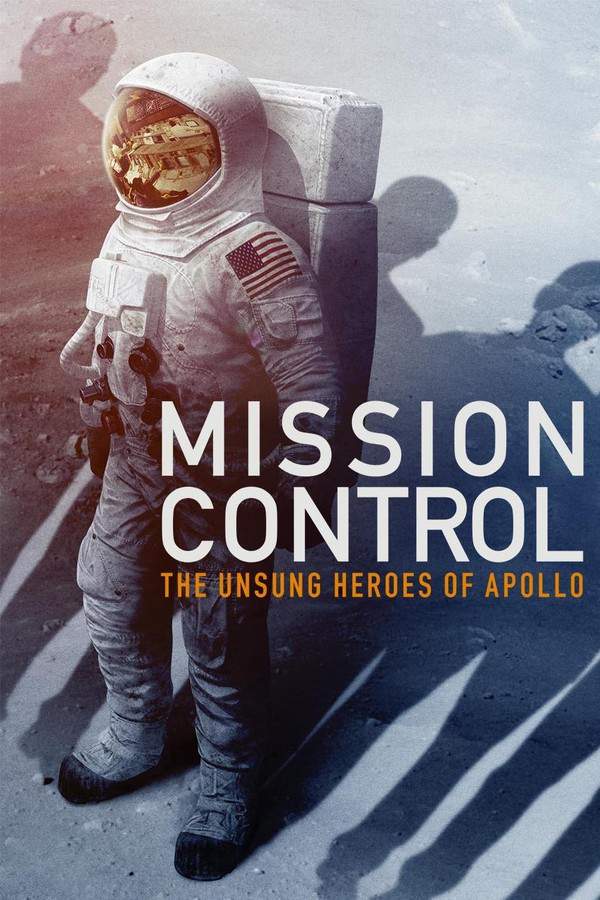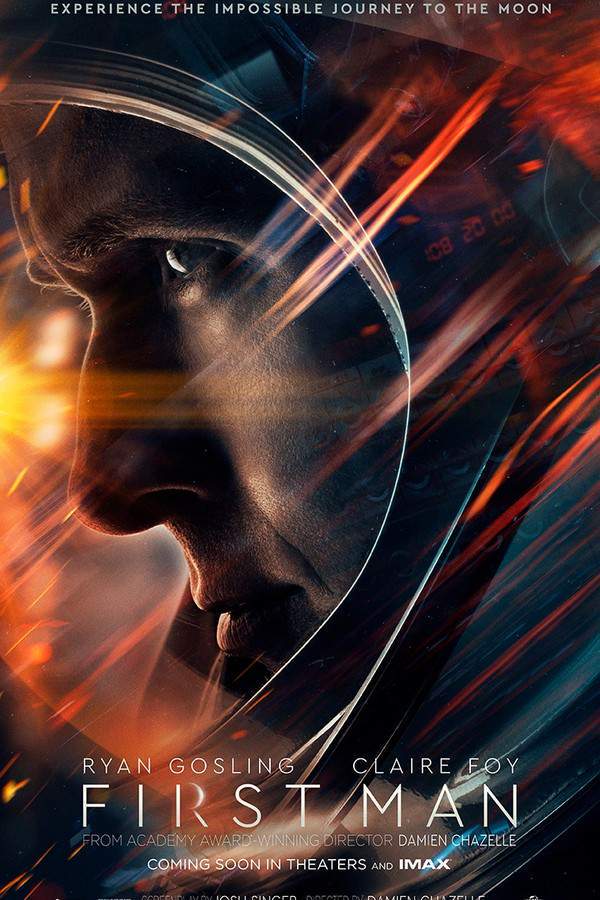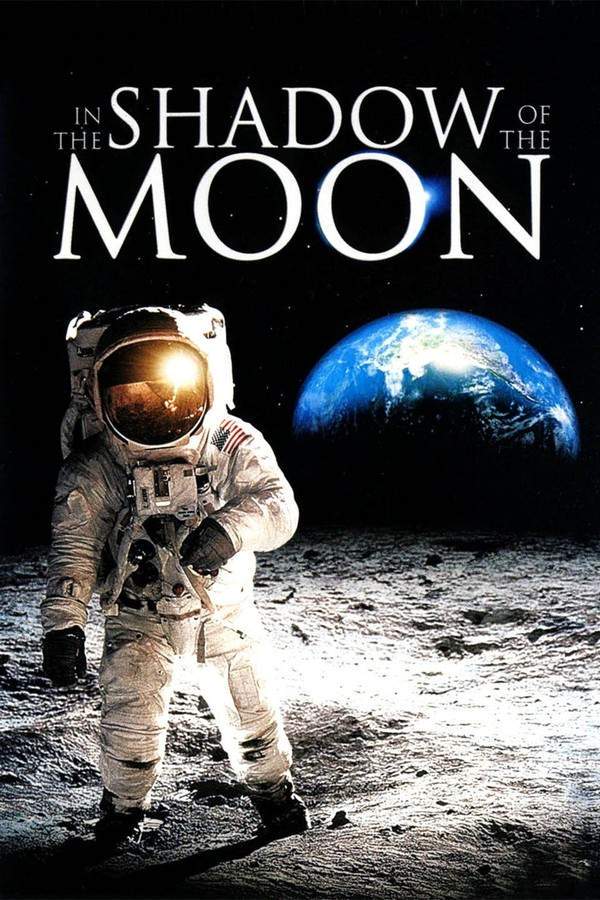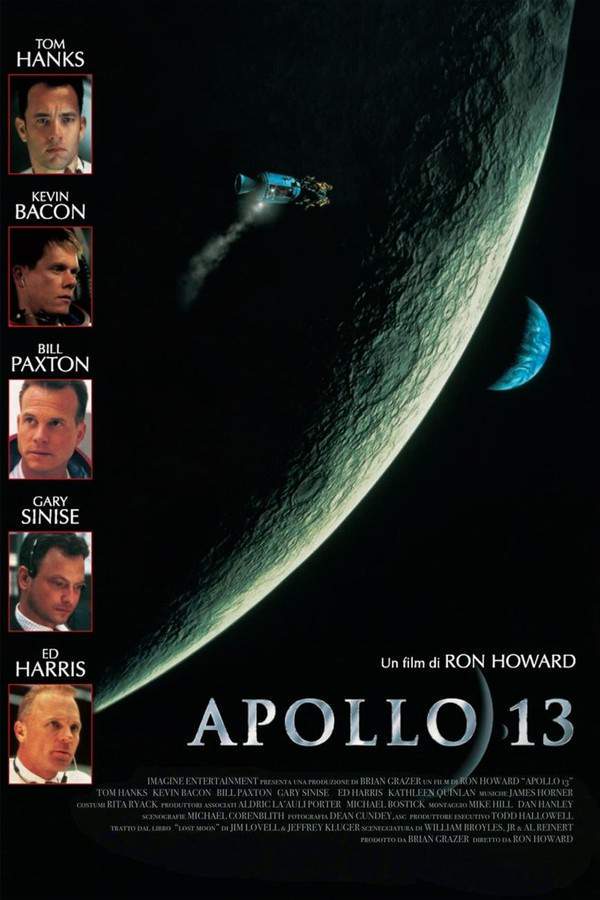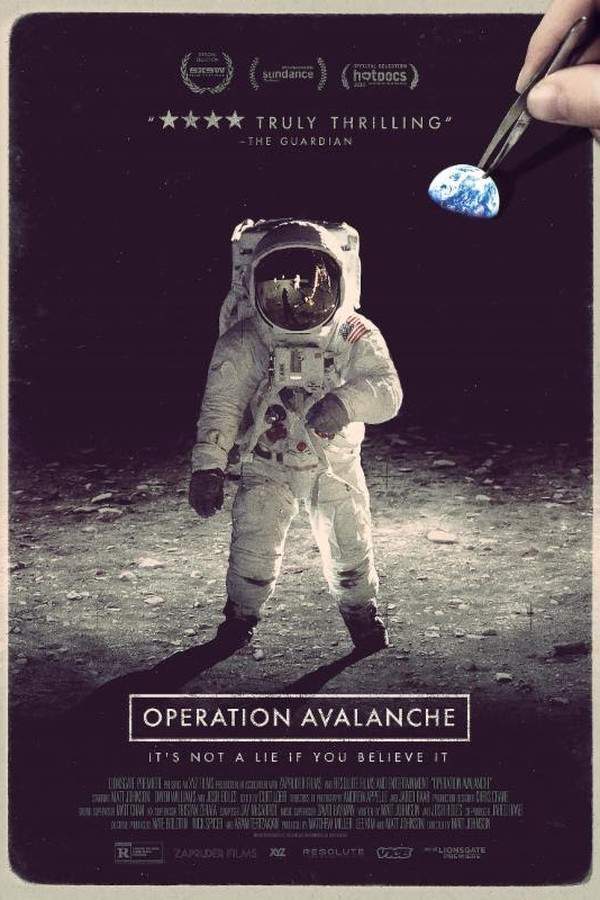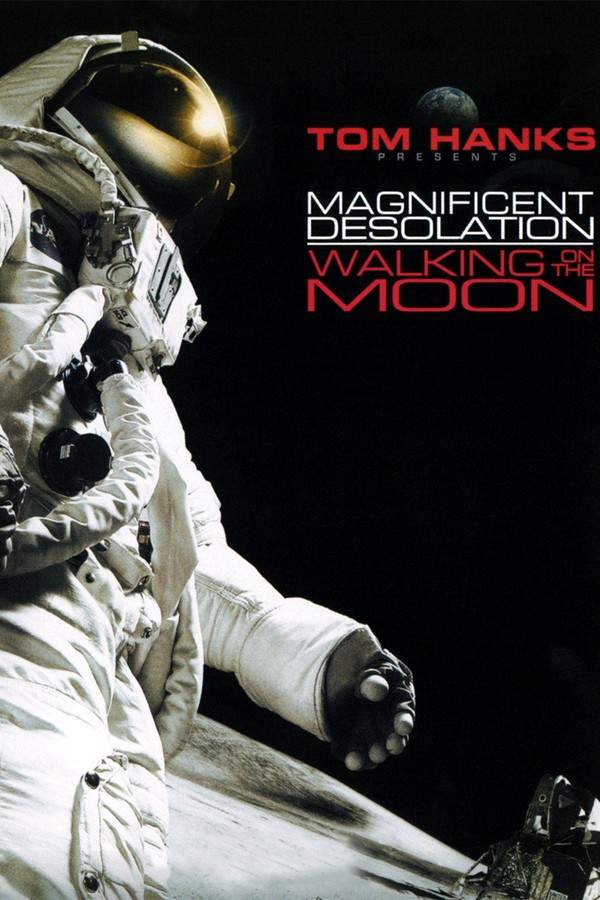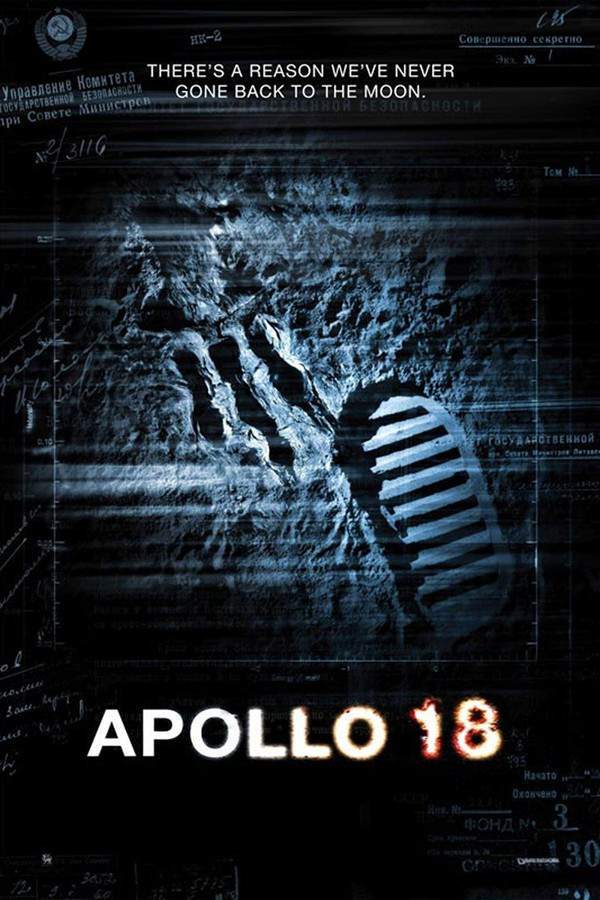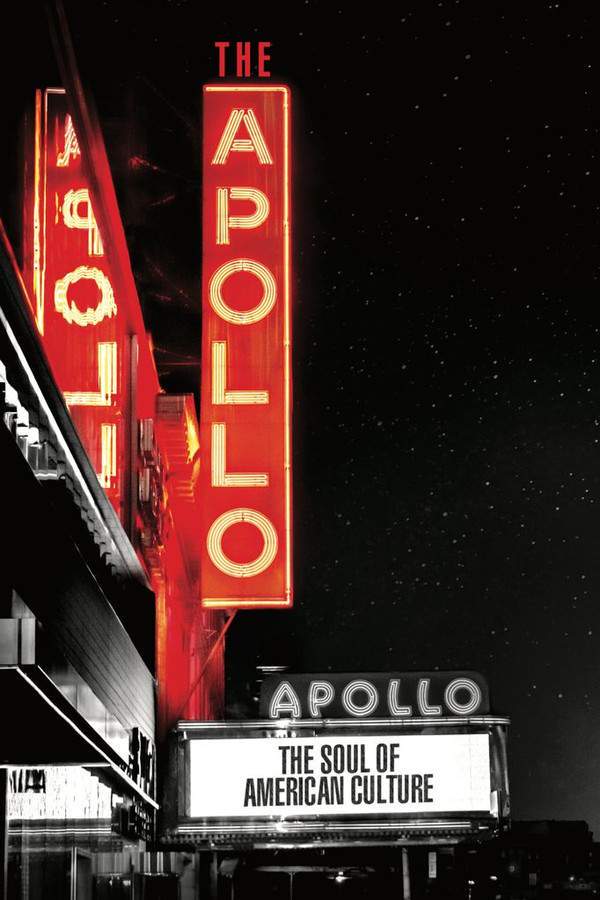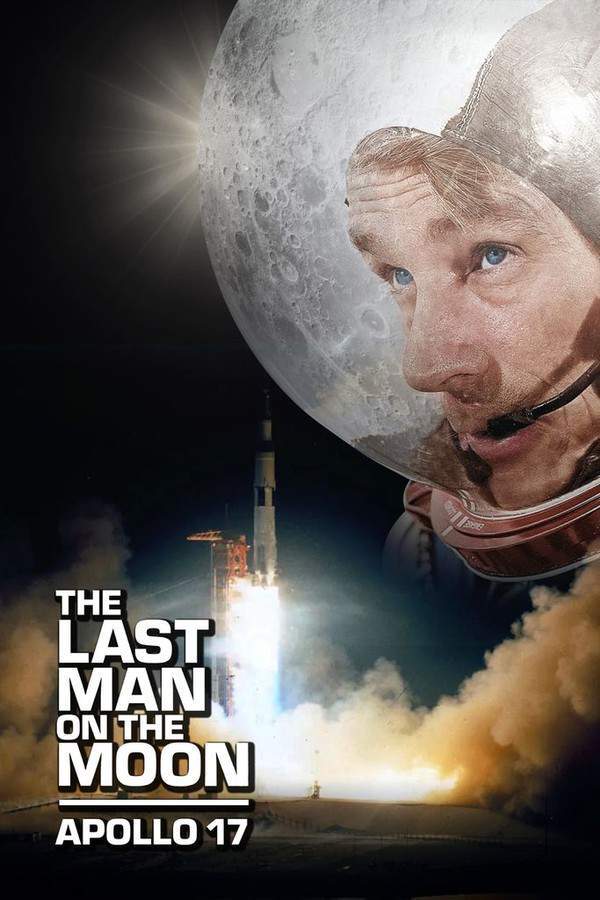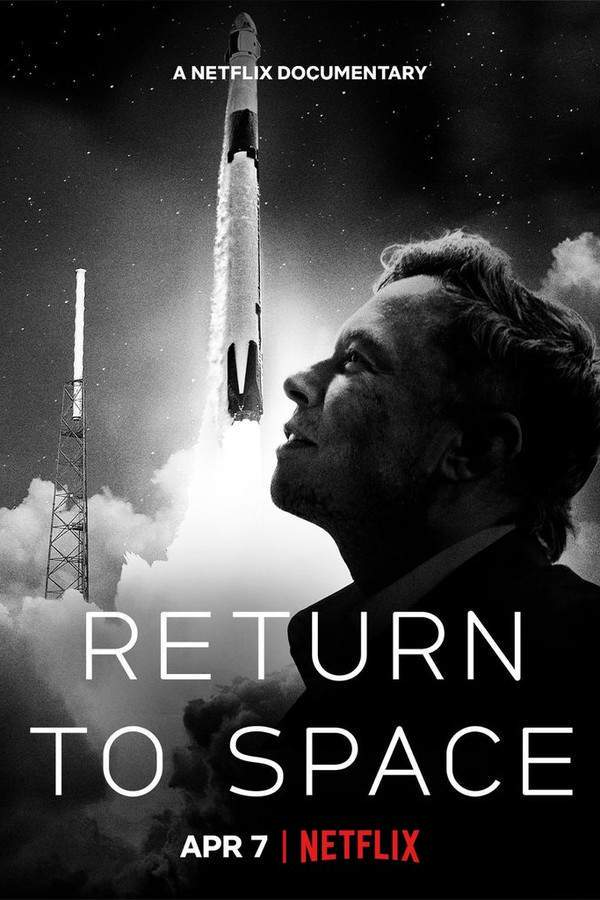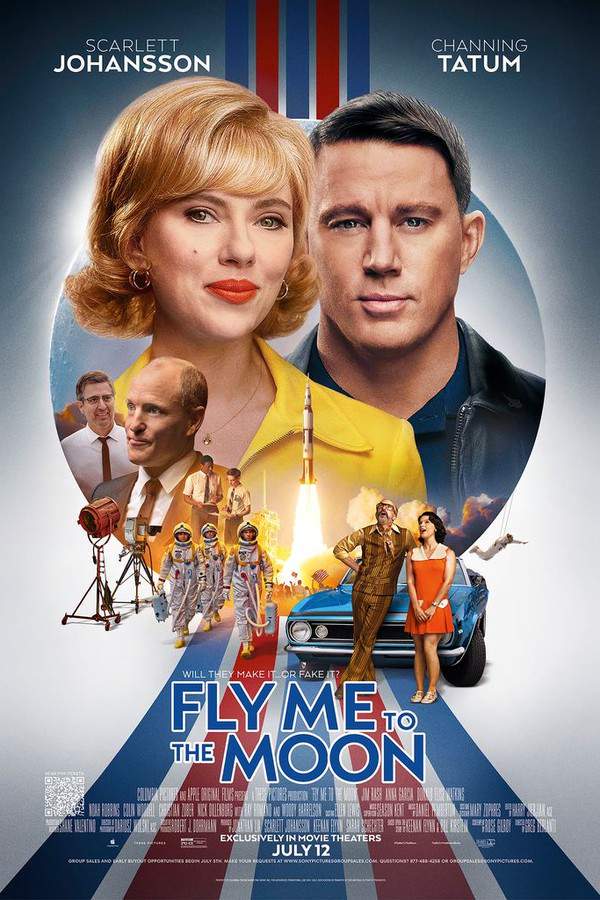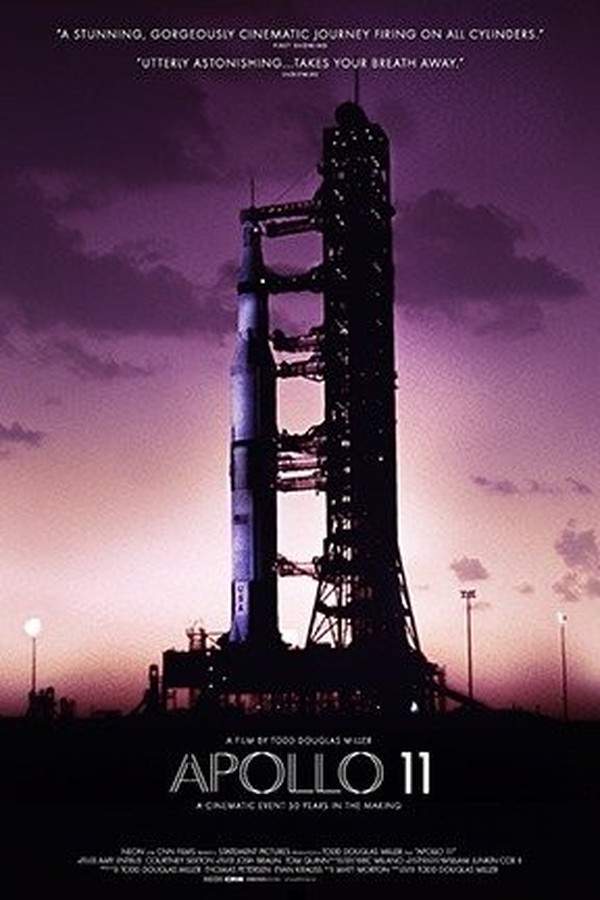
Apollo 11
Experience NASA's historic Apollo 11 mission, which landed humans on the moon. Through recently discovered 65mm footage and over 11,000 hours of audio recordings, witness the pivotal moments of 1969. The film offers a unique perspective, showcasing the journey through the eyes of astronauts Neil Armstrong and Buzz Aldrin, the dedicated team at Mission Control, and the millions of people who watched in amazement.
Warning: spoilers below!
Haven’t seen Apollo 11 yet? This summary contains major spoilers. Bookmark the page, watch the movie, and come back for the full breakdown. If you're ready, scroll on and relive the story!
Apollo 11 (2019) – Full Plot Summary & Ending Explained
Read the complete plot breakdown of Apollo 11 (2019), including all key story events, major twists, and the ending explained in detail. Discover what really happened—and what it all means.
On its fiftieth anniversary, the film showcases the captivating events of the Apollo 11 mission by utilizing exclusive archival footage and still photographs connected to this groundbreaking journey. This extraordinary mission is highlighted by the meticulous preparations leading up to the launch and culminates with the safe return of the capsule and its three astronauts to Earth.
Apollo 11 marks a monumental achievement as it was the first mission that enabled humans to set foot on the moon’s surface, granting Neil Armstrong and Buzz Aldrin the remarkable distinction of being the first and second individuals to walk on the moon, while Michael Collins remained in the capsule. This mission was one of the most perilous at that time, significantly due to the astronauts stepping outside the capsule’s secured environment.
As Apollo 11 and the Saturn V rocket make their way to the launchpad, vital last-minute checks are being conducted at the control center. The astronauts undergo the process of being suited up, as every single detail must be executed flawlessly for success. The film encapsulates a montage of the rich history of previous missions, which included 21 manned spaceflights leading up to this landmark event.
The control rooms, filled with massive computers, orchestrate their operations, while the astronauts brave two elevators to reach their capsule positioned high atop the launchpad. Just three hours before launch, a hydrogen pump leak is addressed by three technicians who work tirelessly to secure it. A test of the emergency evacuation system further ensures readiness, taking an additional 30 minutes. An impressive 5000 spectators gather for the monumental launch.
On July 16, 1969, everything aligns and the rocket successfully launches from the pad, with mission control based in Houston, Texas. The spacecraft generates a staggering 7.6 million pounds of thrust propelling it skyward. As the Apollo 11 engages in its trans lunar injection maneuver, it achieves a velocity of 23000 MPH, separating from the Saturn third stage, with Michael Collins executing a flawless extraction of the lunar module. Throughout the mission, radiation levels are meticulously monitored and documented.
On the third day, the crew enters the lunar module, with landing slated for the fourth day. As the mission progresses, an unexpected incident occurs when Michael Collins’ bio-receptors disconnect unexpectedly during a routine shave. The spacecraft successfully reaches moon orbit, performing an insertion burn that diminishes the velocity to 3000 MPH. Following this, the crew rests before the critical landing attempt on July 20, 1969.
As the lunar module embarks on its powered descent, it approaches its crucial landing phase with a mere three minutes of fuel left. Two alarming signals alert mission control during this tense descent as the computers face data overload. With only 16 seconds of fuel remaining, Neil Armstrong audaciously lands the lunar module, transmitting the iconic words: > “The Eagle has landed.”
Taking the first step onto the moon, Neil famously states: > “That’s one small step for man, one giant leap for mankind.” Surrounded by the moon’s fine powder, he collects essential samples and observes the hard surface beneath. Buzz Aldrin soon follows, erecting a solar wind experiment and placing the US flag in lunar terrain.
During this historic moment, the President reaches out to Neil from the White House, declaring, > “For one priceless moment, all the people on this Earth are truly one.” The crew then engages in essential scientific experiments, with Buzz collecting a core tube sample and gathering 20 pounds of lunar rocks. After a period of rest, the ascent engine ignites, utilizing 5000 pounds of fuel to return to the command module (CM).
The lunar module and command module reunite, reinstating them as the Apollo 11. The crew transitions back to the command module as they eject the lunar module over the moon’s surface. The command module then initiates a burn for Trans Earth injection trajectory, accelerating to 5700 MPH for the return journey.
With 37 hours remaining until re-entry, the USS Hornet stands ready as the recovery ship. On the ninth day, the re-entry process commences, with the spacecraft reaching velocities of 24000 MPH. The re-entry begins at an altitude of 75 miles, experiencing a signal loss at 62 miles. Deployment of parachutes occurs at 10,500 feet, successfully recovering the three astronauts, who are then placed into a mobile quarantine facility onboard the ship.
Last Updated: November 08, 2024 at 00:16
Unlock the Full Story of Apollo 11
Don't stop at just watching — explore Apollo 11 in full detail. From the complete plot summary and scene-by-scene timeline to character breakdowns, thematic analysis, and a deep dive into the ending — every page helps you truly understand what Apollo 11 is all about. Plus, discover what's next after the movie.
Apollo 11 Timeline
Track the full timeline of Apollo 11 with every major event arranged chronologically. Perfect for decoding non-linear storytelling, flashbacks, or parallel narratives with a clear scene-by-scene breakdown.

Characters, Settings & Themes in Apollo 11
Discover the characters, locations, and core themes that shape Apollo 11. Get insights into symbolic elements, setting significance, and deeper narrative meaning — ideal for thematic analysis and movie breakdowns.

Similar Movies to Apollo 11
Discover movies like Apollo 11 that share similar genres, themes, and storytelling elements. Whether you’re drawn to the atmosphere, character arcs, or plot structure, these curated recommendations will help you explore more films you’ll love.
Explore More About Movie Apollo 11
Apollo 11 (2019) Scene-by-Scene Movie Timeline
Apollo 11 (2019) Movie Characters, Themes & Settings
Apollo 11 (2019) Spoiler-Free Summary & Key Flow
Movies Like Apollo 11 – Similar Titles You’ll Enjoy
Apollo 10½: A Space Age Childhood (2022) Plot Summary & Ending Explained
Mission Control: The Unsung Heroes of Apollo (2017) Story Summary & Characters
First Man (2018) Film Overview & Timeline
For All Mankind (1989) Ending Explained & Film Insights
In the Shadow of the Moon (2007) Ending Explained & Film Insights
Apollo 13 (1995) Detailed Story Recap
Operation Avalanche (2016) Full Movie Breakdown
Magnificent Desolation: Walking on the Moon 3D (2005) Ending Explained & Film Insights
Armstrong (2019) Full Movie Breakdown
Apollo 18 (2011) Plot Summary & Ending Explained
The Apollo (2019) Full Summary & Key Details
The Last Man on the Moon (2016) Complete Plot Breakdown
Return to Space (2022) Spoiler-Packed Plot Recap
Fly (2024) Film Overview & Timeline
Fly Me to the Moon 3D (2008) Film Overview & Timeline



